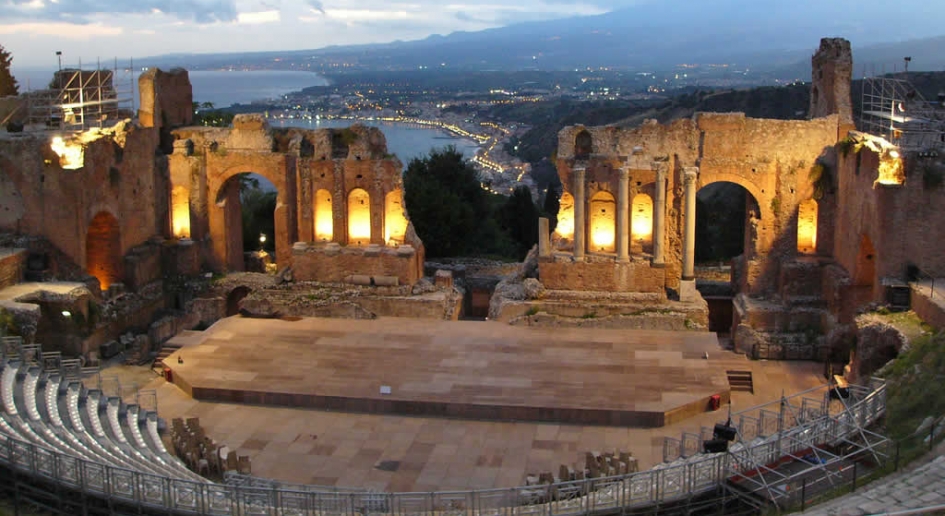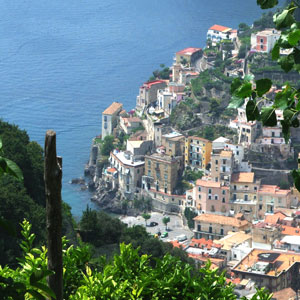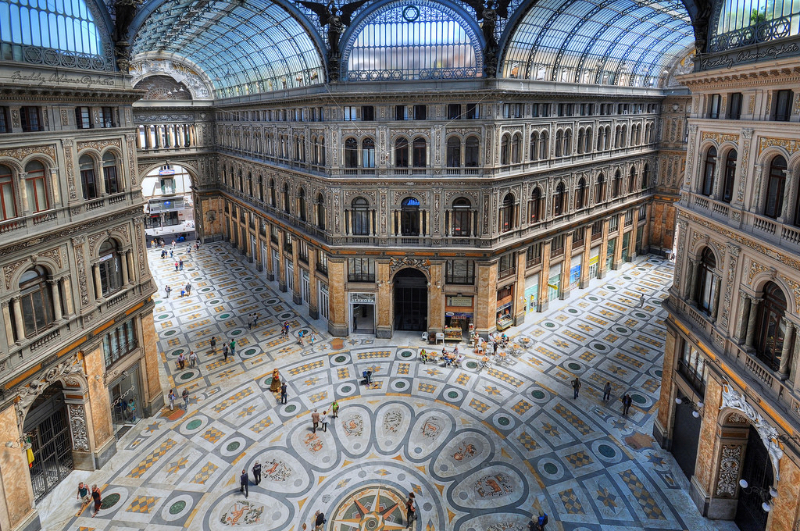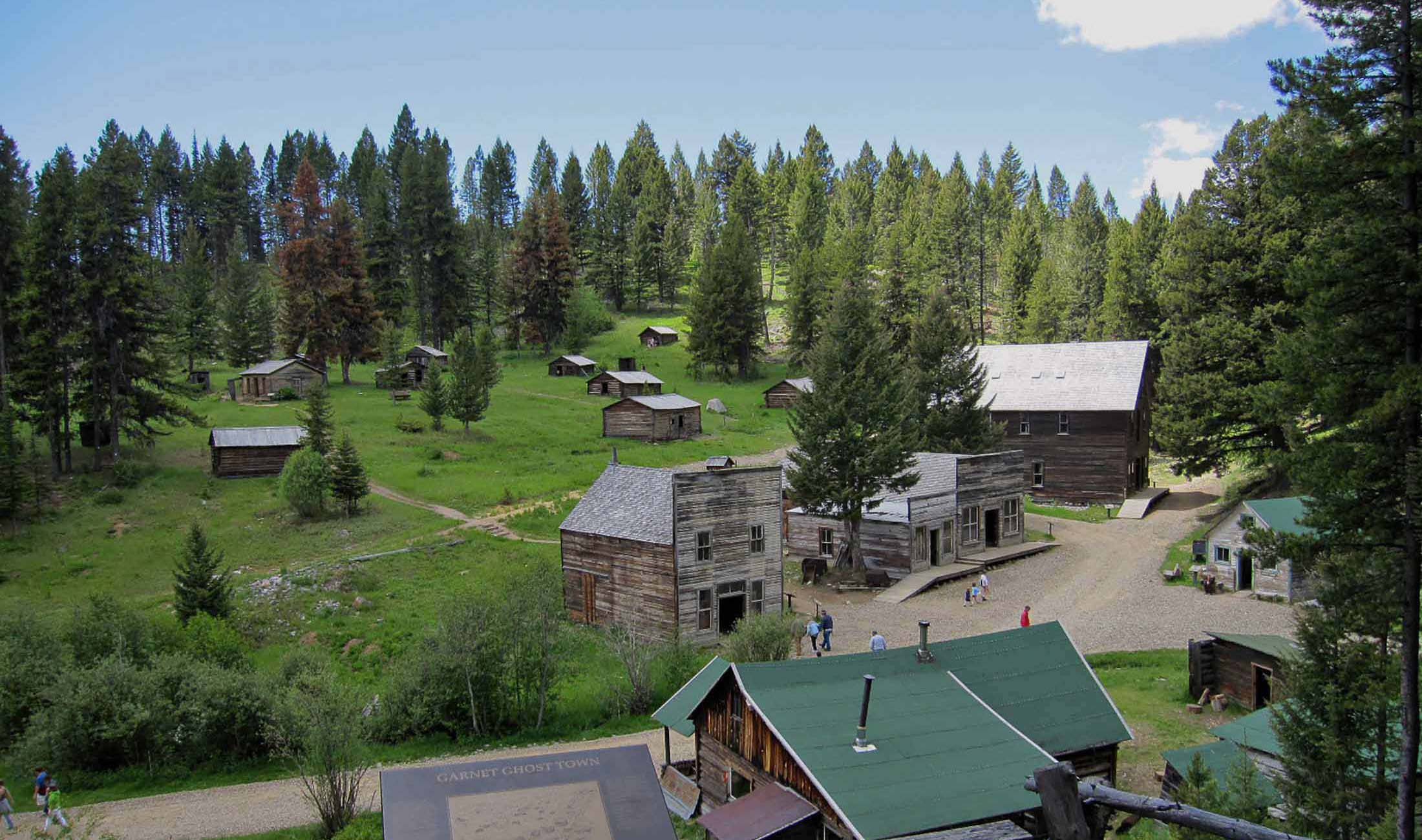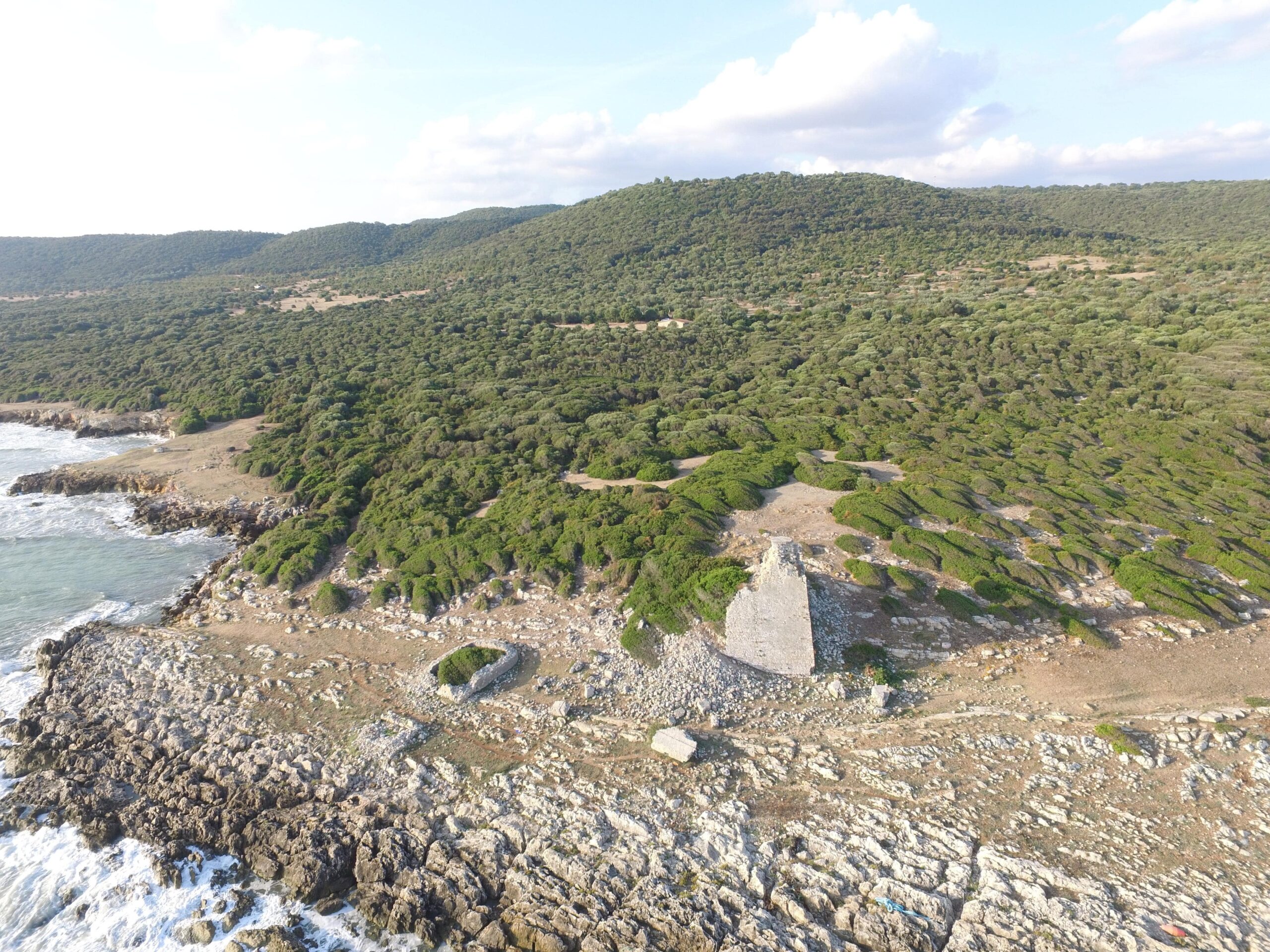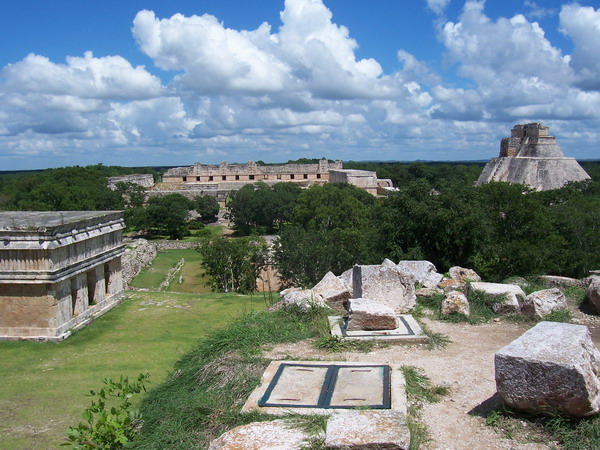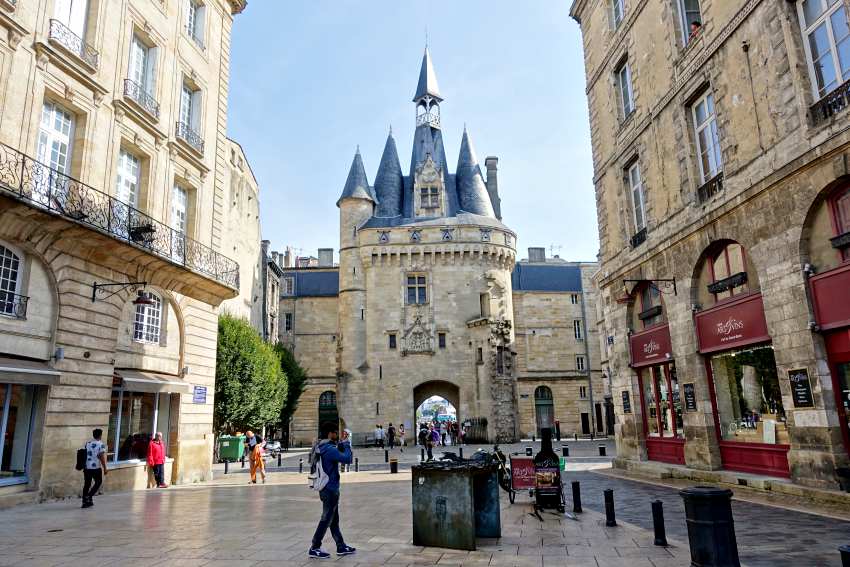In size it is the second largest in Sicily, after that of Syracuse. It is divided into three parts: the stage, the orchestra and the cavea.
The most important part is the stage, which partially retains its original form. The stage wall has the length of m. 30 by 40. Two lateral stanzones closed the stage and the stalls, preventing the audience from passing through. The roof of them consisted of two large terraces, which still exist.
The cavea is hollowed out in the rock and has a diameter of 109 meters. It consists of the steps, which, starting from the bottom, rise to the top. The first seats of the cavea were reserved for the authorities, while the upper part was reserved for women.
The plebs stood on the terraces, which had no communication with the interior of the theater. A wide veil sheltered the spectators from the sun and rain. The cavea was divided into five annular corridors and vertically by eight ladders, formed by thirty steps each. The ladders started from the cavea and reached up to the end wall, where, corresponding to it, eight small doors opened, through which the covered corridor was accessed. In the end wall, niches, still clearly visible, contained statues on display. The orchestra, located in the center, divides the stage from the cavea. It has a diameter of 35 meters.
To rebuild and enlarge the theater, the Romans used clay bricks and lime. A system of canals was also built to drain rainwater. It should be noted that it was decorated with columns of white marble and gray granite. Unfortunately, almost all the columns have been lost.
The Ancient Theater is one of Taormina’s main attractions. Perfectly functional and usable, after hosting for years the David di Donatello award, Italy’s most important film event, it is now home to Taormina Arte, an international festival that lasts throughout the summer with film, theater, ballet and symphonic music.
